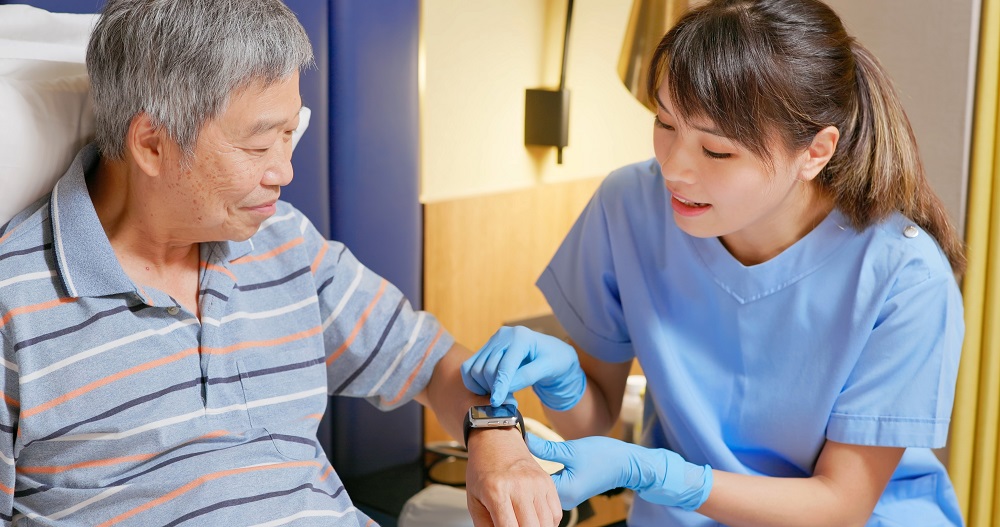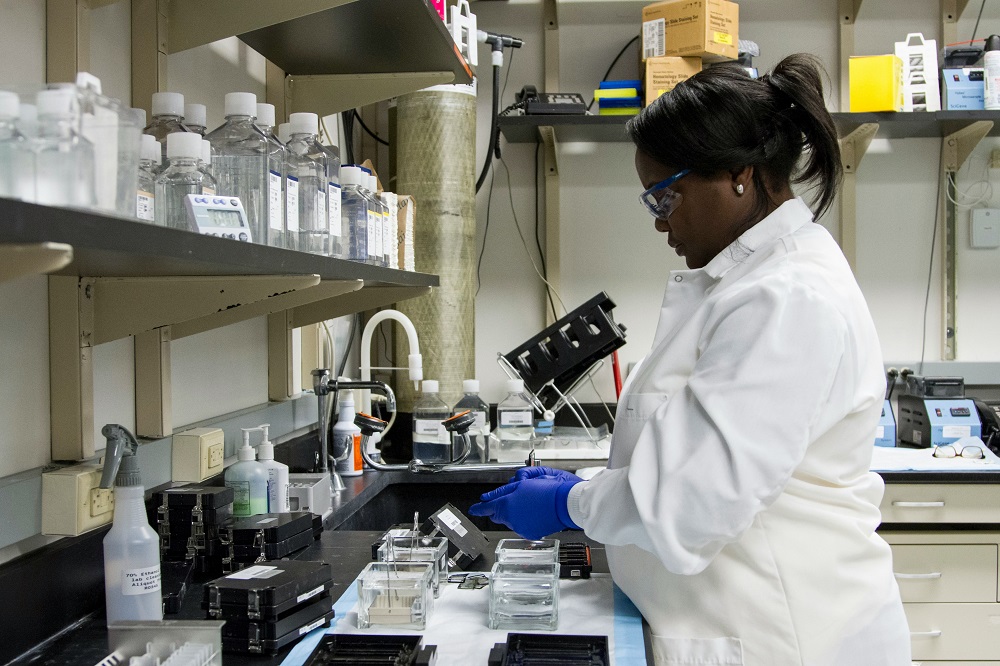Introduction
In the evolving realm of healthcare, a notable trend is the convergence of health tech, medical devices, and life sciences. This integration is creating a new landscape in the U.S. healthcare market, blending technology with traditional medical approaches. This article delves into this phenomenon, exploring its drivers, implications, and strategies for businesses navigating this new terrain.
Historical Perspective
Historically, the health tech, medical devices, and life sciences sectors operated as distinct entities. Health tech focused on digital and technological solutions, medical devices pertained to physical tools and apparatus, and life sciences concentrated on biological and pharmaceutical research. Each had its own developmental path, regulatory environments, and market dynamics. This separation is now dissolving as these sectors increasingly intersect.
Drivers of Convergence
Several factors are propelling this convergence:
- Technological Advancements: Innovations in biotechnology, AI diagnostics, and the Internet of Medical Things (IoMT) are bridging gaps between these sectors.
- Shared Challenges and Regulatory Changes: As Mindy Daeschner notes in her video, “The healthcare industry faces common challenges like regulatory compliance and patient-centric care models, leading to more integrated solutions.” (View the full video here)
- Consumer Demands for Integrated Care: The rise in telehealth and personalized medicine reflects consumer preferences for more holistic healthcare solutions.
Case Studies

Wearable Medical Devices
Smartwatches exemplify the convergence of consumer technology with medical functionality. They combine health tech, like advanced sensors and software, with medical device features, such as ECG monitoring, underpinned by life sciences research for data analysis. These devices are transforming how we approach everyday health monitoring, blurring the lines between daily wearables and medical-grade monitoring tools.

AI in Drug Discovery
In drug discovery, AI’s integration marks a significant shift in traditional life sciences. AI algorithms are used to analyze biological data, enhancing biotech research and speeding up pharmaceutical development processes. As Mindy Daeschner puts it, “AI-driven diagnostics are revolutionizing how we approach treatment plans and patient care,” highlighting the pivotal role of technology in advancing healthcare sectors. (View the full video here)
Challenges of Convergence:
Navigating Diverse Regulatory Landscapes
As sectors converge, companies face the daunting task of complying with a complex mix of regulations that govern health tech, medical devices, and life sciences. These regulations can vary significantly, not just between sectors but also across different regions and countries. Companies must be adept at understanding and adapting to these varying regulatory environments to ensure compliance and avoid legal pitfalls.
- Example of Regulatory Differences: In the U.S., the FDA has distinct regulatory pathways for medical devices and pharmaceuticals. A company developing a drug-eluting medical device, such as a stent, must navigate both the medical device regulations and drug approval processes, each with its own set of clinical trials and approval standards.
- International Regulatory Variations: A health tech company expanding to Europe must comply with the EU’s Medical Device Regulation (MDR) and General Data Protection Regulation (GDPR), which may have different requirements compared to U.S. regulations like HIPAA or the FDA’s guidelines.
Intellectual Property Protection
With the convergence of health tech, medical devices, and life sciences, the landscape of intellectual property protection becomes fascinatingly complex and crucially important.
- IP Protection in Wearable Tech: Consider the case of wearable health technologies, such as fitness trackers. These devices incorporate advanced sensors, software algorithms, and sometimes even biometric data analysis. Protecting the IP for these devices often involves a combination of patents for the hardware, software, and potentially even the data processing methods. For instance, a company might hold a patent for a unique heart rate monitoring technique while also holding a separate patent for the algorithm that interprets this data for health insights.
- Fast-Paced AI Innovations: The field of AI in healthcare presents an interesting challenge for IP. AI algorithms can evolve and improve over time through machine learning, leading to questions about patenting an ever-evolving technology. For example, an AI system initially developed for diagnosing diseases from imaging might evolve to predict disease onset, potentially outpacing the scope of the original IP protection.
- Interesting Fact: The World Intellectual Property Organization (WIPO) reported a surge in AI-related patent applications, with a record number of filings in recent years. This reflects the growing importance and complexity of protecting AI innovations in healthcare.
- Biotechnology IP: In biotechnology, protecting genetic engineering techniques and biologic drugs (like vaccines or gene therapies) involves not just patents, but also navigating ethical considerations and biosafety regulations. For example, CRISPR, a groundbreaking gene-editing technology, has been at the centre of a high-profile patent battle, underscoring the complexities of IP in rapidly advancing fields.
These examples highlight the intricacies of IP protection in an environment where technology, medical science, and digital innovation intersect. As these sectors continue to blend, companies must stay ahead in their IP strategies, ensuring robust protection for their groundbreaking innovations.
Opportunities of Convergence:
- Innovation Through Cross-Sector Collaboration: The merging of health tech, medical devices, and life sciences sectors fosters an environment ripe for innovation. By collaborating across these traditionally separate domains, companies can leverage each other’s strengths, leading to breakthroughs like more sophisticated medical devices, advanced diagnostic tools, and innovative treatment options.
- Market Expansion and Diversification: This convergence opens up new market opportunities. Companies that traditionally operated in one sector can now expand into others, offering integrated solutions that cater to a broader range of healthcare needs. For instance, a tech company specializing in AI can now partner with pharmaceutical firms to enhance drug discovery, tapping into new market segments.
- Enhanced Patient Care and Outcomes: Perhaps the most significant opportunity lies in the potential for improved patient care. The convergence allows for more personalized and effective healthcare solutions, utilizing the best of each sector. For example, the integration of real-time health monitoring technologies with medical diagnostics leads to quicker and more accurate treatment decisions. Additionally, the use of AI and big data in life sciences can lead to more targeted and effective therapies, improving patient outcomes and overall healthcare experiences.
The synergy of these sectors not only benefits businesses in terms of innovation and market reach but ultimately contributes to a more efficient, responsive, and patient-centric healthcare system. As these fields continue to merge and evolve, they pave the way for a future where healthcare is more connected, accessible, and tailored to individual patient needs.
Strategic Implications
Adapting Business Models
In the merging landscape of health tech, medical devices, and life sciences, adapting business models is critical for success. Companies must integrate their Research & Development (R&D), marketing, and compliance strategies across these traditionally distinct sectors.
- R&D Integration: For example, pharmaceutical companies are now incorporating AI and machine learning into drug discovery processes. Pfizer’s partnership with IBM Watson to accelerate drug discovery in immuno-oncology is a notable case. This collaboration involves leveraging AI to analyze vast biomedical data and identify new drug targets, showcasing how R&D strategies are evolving beyond traditional lab-based research.
- Marketing Strategies: Marketing in this integrated landscape often means addressing a broader audience, including tech-savvy consumers and traditional healthcare professionals. An example is the marketing of telehealth platforms, which targets both healthcare providers for their ease of integration into existing practices, and patients for their convenience and accessibility.
- Compliance Across Sectors: Compliance becomes more complex as companies navigate the regulatory requirements of different sectors. A medical device company venturing into health tech, like Medtronic’s development of AI-driven monitoring tools, must comply with both medical device regulations and data protection laws like GDPR and HIPAA.
Collaborative Ventures
Strategic partnerships and collaborative ventures are pivotal in driving innovation and expanding market reach in the converging healthcare sector.
- Cross-Sector Collaborations: An example is the collaboration between tech companies and healthcare organizations. Google’s partnership with Ascension, one of the largest private healthcare systems in the U.S., aims to analyze patient data to identify trends and improve healthcare delivery. This venture shows how tech and healthcare expertise can combine to enhance patient care services.
- Innovation through Collaboration: Collaborations also lead to innovative product development. For instance, Apple’s collaboration with Cochlear, a medical device company, led to the creation of the first made-for-iPhone cochlear implant, which allows for direct audio streaming from Apple devices. This partnership combined Apple’s consumer technology expertise with Cochlear’s medical device knowledge.
- Expanding Market Reach: Collaborative ventures can open up new markets for companies. The partnership between IBM and Medtronic to develop AI-powered diabetes management solutions exemplifies how companies can enter new market segments, combining IBM’s prowess in AI with Medtronic’s expertise in medical devices.
Conclusion
The convergence of health tech, medical devices, and life sciences represents a pivotal transformation within the U.S. healthcare sector, calling for businesses to continually adapt and innovate. Mindy Daeschner eloquently captures this sentiment, stating, “Staying ahead in this integrated landscape means being flexible, proactive, and open to collaborations. Success in this realm fosters innovation, expands market reach, and ultimately enhances healthcare solutions.”
To gain a comprehensive understanding of how these sectors are interlinking and to discover effective strategies for thriving in this evolving market, delve into the full video featuring Mindy Daeschner’s expert insights. Her perspectives illuminate the practical and forward-thinking approaches necessary to navigate and succeed in this dynamic healthcare environment.
Join Us in Pioneering the Future of Life Sciences
At GTM Global we are committed to empowering life sciences businesses with the knowledge and connections needed to excel in the U.S. market. Explore our resources, attend our events, and become part of a community that’s shaping the future of healthcare. Visit GTM Global now!

